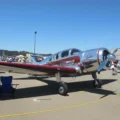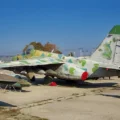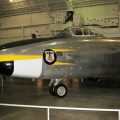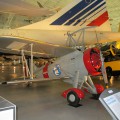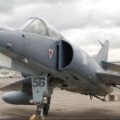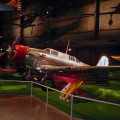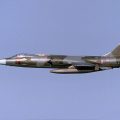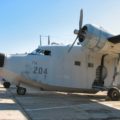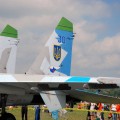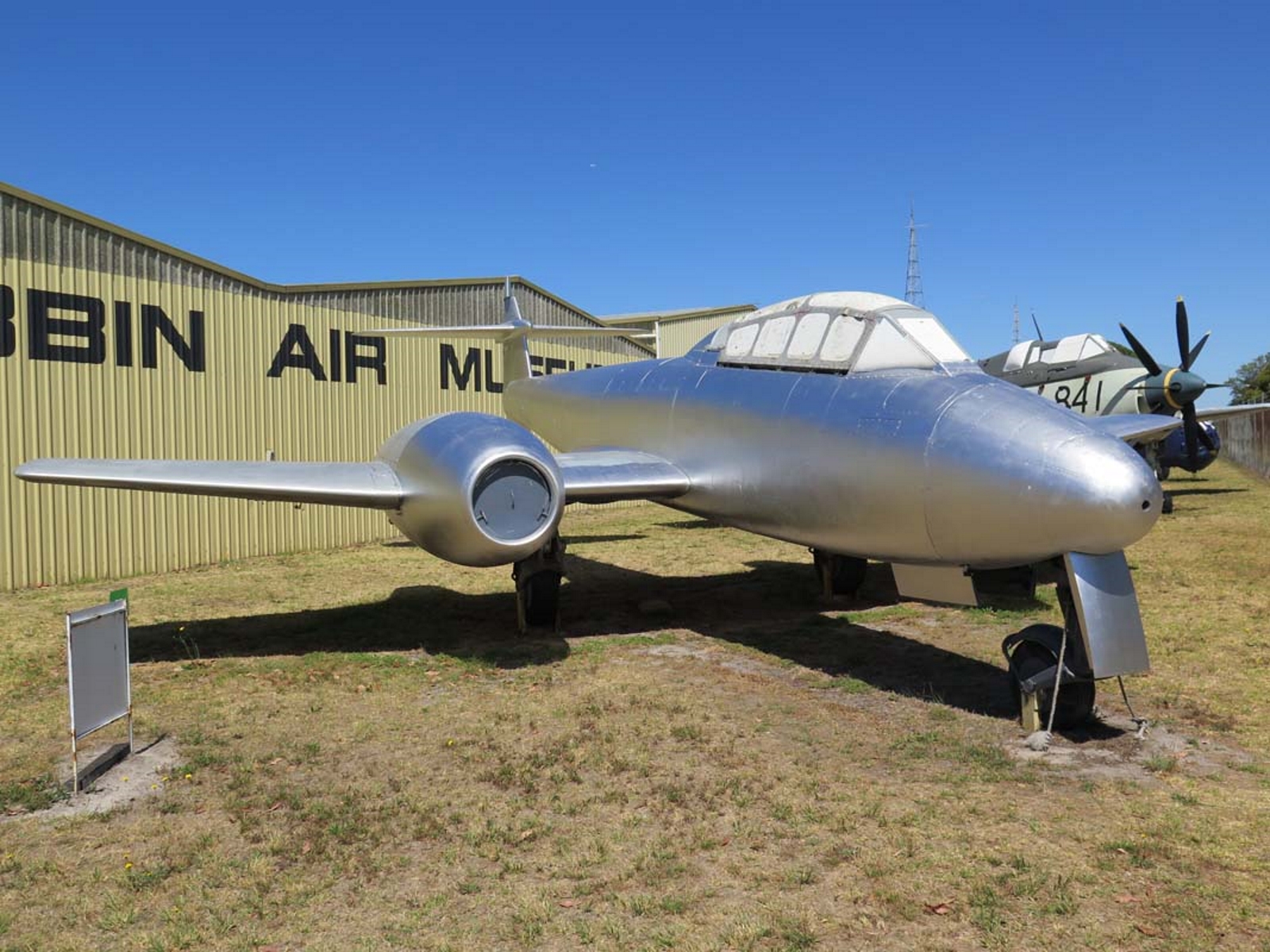
Gloster Meteor T.7 | ||
| Land | Storbritannien | |
| Typ | Stridsflygplan | |
| Fotografi | Vladimir Yakubov | |
| Leta upp | Australiens nationella luftfartsmuseum | |
| Beskrivning | Album av 71 bilder walk-around av en «Gloster Meteor T.7» | |
Fotogalleri av en Gloster Meteor T.7, The Gloster Meteor was the first British jet fighter and the Allies’ only operational jet aircraft during the Second World War. The Meteor’s development was heavily reliant on its ground-breaking turbojet engines, pioneered by Sir Frank Whittle and his company, Power Jets Ltd. Development of the aircraft itself began in 1940, although work on the engines had been under way since 1936. The Meteor first flew in 1943 and commenced operations on 27 July 1944 with No. 616 Squadron RAF. Nicknamed the “Meatbox”, the Meteor was not a sophisticated aircraft in its aerodynamics, but proved to be a successful combat fighter. Gloster’s 1946 civil Meteor F.4 demonstrator G-AIDC was the first civilian-registered jet aircraft in the world. Meteor T.7: Two-seat trainer variant of the F.4, company prototype first flew 19 March 1948, 640 production aircraft for the Royal Air Force and the Royal Navy (43) and 72 for export (Belgium, Brazil, Denmark, Egypt, France, Israel, Netherlands). Avions Fairey modified 20 Belgian Air Force F.4s to T.7 standard.
Källkod: Gloster Meteor T.7 på Wikipedia
| Info | |
|---|---|
| Roll | Fighter |
| Tillverkare | Gloster Aircraft Company |
| Första flygningen | Den 5 mars 1943 |
| Införandet | 27 juli 1944 |
| Pensionerad | 1980-talet |
| Produceras | 1943–1955 |
| Nummer byggt | 3,947 |
| meteor mk. 4 promenad runt | |
|---|---|
| Fotograf | Andrej Serohh |
| Lokalisering | Danmarks Tekniske Museum, |
| Bilder | 41 |
Se även:
Den Gloster Meteor T.7 var en tvåsitsig skolversion av det första brittiska jetjaktplanet, Gloster Meteor. Den utvecklades i slutet av 1940-talet för att möta efterfrågan på jetpiloter i Royal Air Force och andra flygvapen som använde Meteor. T.7 hade en längre flygkropp än den ensitsiga Meteor F.4, med en andra cockpit för instruktören bakom eleven.
Den T.7 behöll samma Rolls-Royce Derwent motorer och beväpning av fyra 20 mm kanoner som F.4, men hade en reducerad prestanda på grund av den ökade vikten och luftmotståndet. T.7 togs i tjänst 1949 och användes i stor utsträckning för utbildning och konvertering fram till 1960-talet. Vissa T.7 modifierades också för andra roller, såsom målbogsering, radarkalibrering och forskning och utveckling.
Views : 3417


